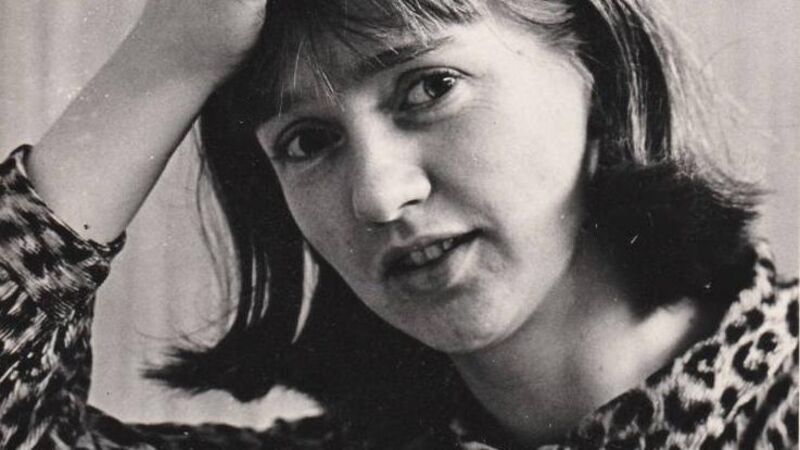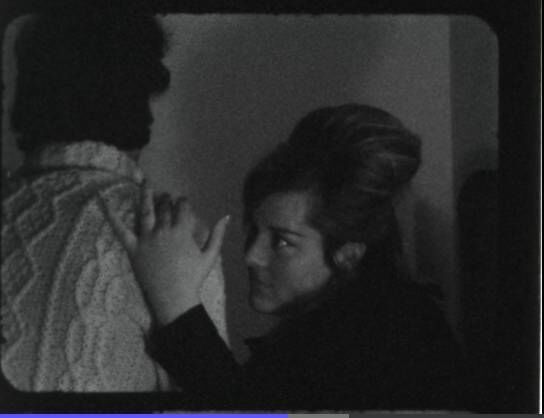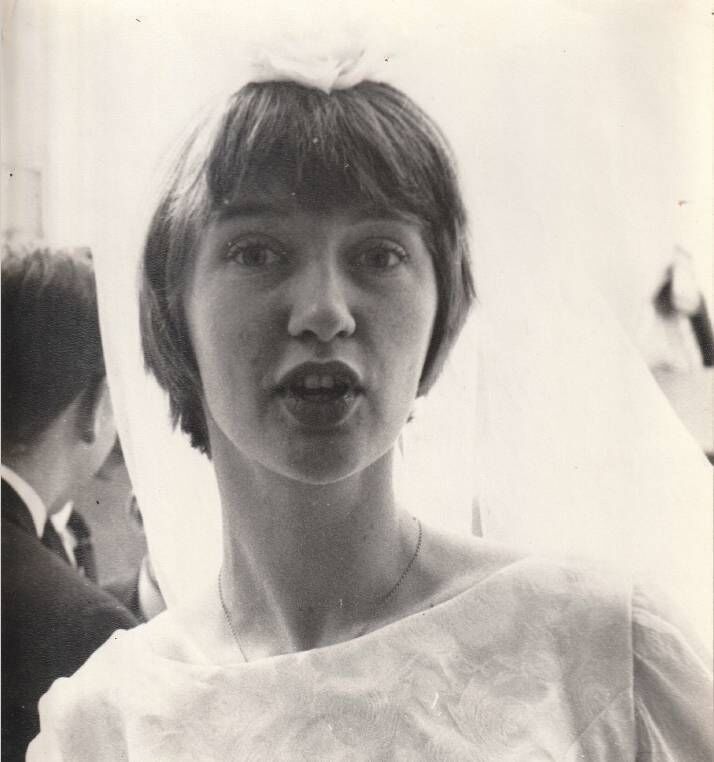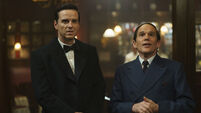Flora Kerrigan: Rediscovering a pioneer of Cork's early film-making scene

The life and work of Flora Kerrigan will feature in Cork International Film Festvial.
The achievements of many women across all fields have been forgotten, written out of the pages of history. Joining the roll call of women whose remarkable work is now emerging from the shadows is Flora Kerrigan, who blazed a trail as a young amateur filmmaker in Cork in the 1950s and 1960s. Kerrigan’s films recently resurfaced in the course of a joint research project on women’s amateur film-making between academics in Ireland and the UK. Dr Sarah Arnold of Maynooth University describes the discovery as “pure serendipity”.
“The UK partners in our Women in Focus project had been scouring old amateur film magazines from the 1950s through to the 1970s. Each magazine had lists of names of people who would have submitted films for awards. They came across the name Flora Kerrigan for a particular film and emailed it to me. I looked up Flora and I found some mention of her in the Irish newspaper archive as a member of the Cork Cine Club,” she says.
Arnold tracked down Flora’s sisters Jo and Frances and discovered that Flora, now 83, was still alive and that many of her films were still in existence. Flora had left Cork for London in the late 1960s, where she stayed for 50 years. She now lives in a care home in Roscommon, near where her sister Frances lives.
Flora grew up in Summerhill, Cork, attending St Angela’s School. She acted in local theatre groups and began making films in the late 1950s including animation, short fictional films and some documentaries. She was honorary secretary of Cork Cine Club aged only 20, and submitted her numerous short films, recorded on an 8mm camera, to many film festivals; some were also screened on RTÉ.
An article in the Cork Examiner in March, 1961 read: “Tall, blonde, willowy 20-year-old Flora Kerrigan, who is secretary of the Cork Cine Club, is piling up awards for 8mm films which she either makes herself on in conjunction with a friend, Cormac Langford. Last May she started to make cartoon films and to date, she has completed eleven. She tells me that it takes almost 2,000 cut-outs for a two-minute cartoon. It's work that requires infinite patience but it is very satisfying and less expensive than the ordinary filmmaking.”
According to Arnold, there are in the region of 30 film rolls that they are aware of so far and around 15 have been digitised — 11 of these will be screened by the Irish Film Institute, in association with Maynooth University, at Cork Film Festival on Sunday, Nov 12.
Arnold says the films are a revelation, particularly in terms of animation in Ireland at the time. “There are films that are damaged that we would need to have properly assessed but the ones we have had digitised, they are just amazing. We have a very vague history of what animation was made in Ireland in that period. There is a little bit of activity in Ireland in the 1930s and there is a lot of writing about what happened with State-sponsored animation and RTÉ animation from the 1960s onwards but there is a real lack of knowledge about anybody making animation in that period.”

Among the films that have not been digitised are ones labelled ‘Cork Street Life’. “I think there is one film she made with her father, Joe, he was a bit of an adventurer, he would go motorcycling across the world. He was a principal in the local boys school in Summerhill. She did film in and around Cork. You see shots of the city centre, where she has a lot of actors performing, using a lot of props and costuming. There is one shot where someone is in a bath in the middle of a field.”
Arnold says it was also unusual for a woman to be involved in film-making at that time. “It was very male-dominated and even within the amateur cine clubs, quite often the women would have been making travelogues and home movies, as would lots of men too. There wouldn’t have been these crafted, fictional films, someone writing scripts, getting props and all the rest of it. She stands out very much in that respect. She is probably one of the more creative amateur film-makers you would find in Ireland, even for a short window of film-making, from the late 1950s up until 1966, which is probably the last point that she is making films in Ireland. It really changes our understanding of women’s film-making practice during that period.”
According to Arnold, Flora’s work showed an unusual precocity and intelligence, not only in the subject matters she dealt with — existential topics from death to desire — but also the craft she employed in her experimental animation and live-action filmmaking. She says that Flora may have been an amateur film-maker, but she was one with a professional sensibility.
“She had lots of ideas that were before her time She was amateur in respect of doing it non-commercially but very much a technically and creatively skilled person. And she seemed to be able to rally people around her to get involved in her films, so a really dynamic and active person,” says Arnold.
This is echoed by Flora’s sister Frances, who can remember being co-opted to work on Flora’s films as a child. “There were nine years between us. I was a schoolgirl but I was in one of the films, called A Hard Day’s Knight. It was about chess - she loves chess. So I acted in that, and a lot of our school pals, it was a good bit of fun. I remember for the cartoons, the drawing room would be taken up, pitch dark, curtains closed, the camera in a Meccano frame my brother had made, she would be taking cutouts practically frame by frame, moving them fractionally. It took her so long to make a two or three-minute film.” Frances says while she is delighted at the recognition of Flora’s work, it is also tinged with sadness.
“Sadly, she doesn’t remember that she made any films but whenever I bring it up, she is happy that she did make them and that somebody is interested in them.”

Flora’s film-making appears to have ended when she moved to London in the late 1960s. However, she still pursued a creative life, taking photographs and writing poetry, as well as becoming involved in activism.
“She went off in a different direction,” says Frances. “I went over to her once, I was 19, and she dragged me along to a protest march, I can’t remember what it was, it could have been Greenham Common [anti-nuclear protests]. They asked me ‘are you prepared to be arrested?’ and I said ‘No, I can’t go home to my mother after being arrested’, and Flora said ‘It’s okay, I won’t get arrested either, I’ll look after you’.”
According to Frances, Flora is content and still shows some of her old spark. “She is very charming and perspicacious — she would see through you if you were trying to cover something up. She is very happy at the moment and she will often say that. She used to worry about living in London and being on her own.”
For Sarah Arnold, the screening at the Cork Film Festival is an important acknowledgment of Flora’s legacy and also an opportunity to discover more about her work. “Flora kept records of what she did, notes on the format, on the film, what competition or festival it was entered into. She was obviously very interested in her own craft and knew that she was good. She has these reels of offcuts, which you don’t usually find with amateur film-makers — she knew herself she was a quality film-maker. And she has samples of her early animation as well, so she was very aware of her own legacy and that these would possibly be important.”
- IFI Cork on Camera: Flora Kerrigan, 3.30pm, Sun, Nov 12, the Triskel Arts Centre, Cork. See corkfilmfest.org





